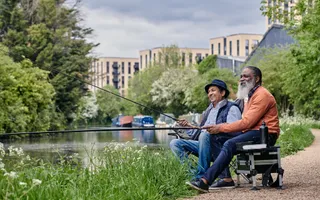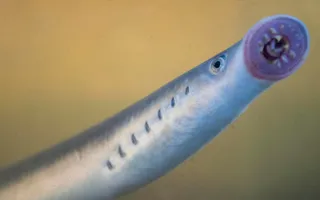Crucian carp and our canals
Crucian carp prefer shallow waters and are found in ponds, slow-flowing rivers and some canals. They’re extremely hardy fish and can tolerate very cold, polluted waters and low oxygen conditions.
Some sources now consider that they were introduced to the UK rather than being native, although other authorities remain unconvinced that this is the case.
How to identify a crucian carp
Crucian carp are hump-backed fish with a deep bronze or golden-coloured body. Unlike the common carp, they have no barbels around the mouth and have a long, convex dorsal fin.
Lifecycle of a crucian carp
Spawning takes place from May when water temperatures reach 14C – or ideally higher at 19-20C. Their growth rate depends on the availability of food. Males tend to mature around three years, with females following a year later.
Where to find crucian carp
The crucian carp’s dislike of boat traffic limits their distribution across our network, but they can be found on lightly boated canals, like the Montgomery Canal. They’re not very effective at competing with other species, like the common carp.
Threats to crucian carp
Crucian carp are listed on the International Union for Conservation of Nature (IUCN) Red List of Threatened Species. They’re considered to be threatened as a result of biological invasions and habitat loss.







